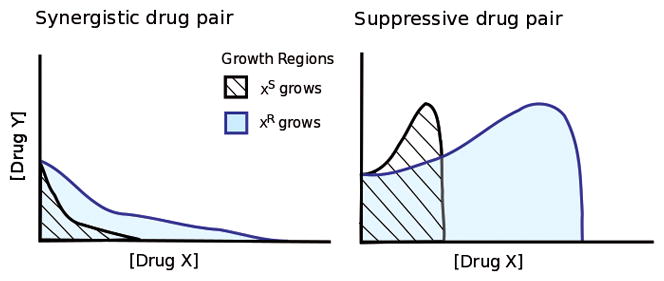Figure 3. How suppressive drug combinations can leave drug-space for wild-type bacteria to out-compete resistant mutants.

Synergistically interacting drugs amplify each other’s effects (left panel) while a drug in a suppressive pair cancels the effect of the other (right panel). Black lines outline minimum inhibitory isoboles for antibiotic X-susceptible (XS) bacteria in combinations of drugs X and Y. X-resistance (XR) reduces effective concentrations of the antibiotic X, producing isoboles and a growth region that are stretched along the X axis (blue lines). In both synergistic and suppressive drug combinations, this geometric scaling generates a region between the susceptible and resistant isoboles where only resistant mutants grow. In contrast, the suppressive combination also contains a region where the reduced level of drug X experienced by X-resistant strains is less inhibitory, but also less protective from even greater inhibition by drug Y. In such a region, the drugs, administered together, only support growth of the X-susceptible strain while preventing growth of the resistant strain, and selection for resistance is reversed.29
